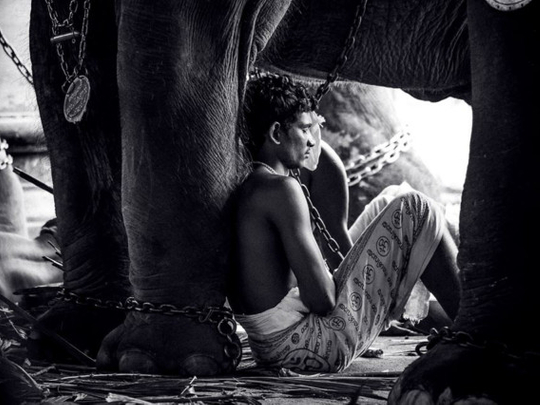
The Asian elephant is classified as highly endangered by International Union for Conservation of Nature (IUCN), with about 25,600 to 32,750 animals remaining. They’ve been listed as endangered since 1977. If something is not done immediately, elephants will be extinct within the next 50 years, according to the World Wildlife Fund (WWF).
EleAid, a British Charity working for the conservation and welfare of the Asian elephant says India alone is home to 50-60 per cent of Asia’s wild elephants and 20 per cent domesticated elephants. Hence, the country is of paramount importance for the survival of the species. In India, elephants are an important part of the culture. They are highly respected and often worshiped.
According to WWF, the main threat facing Indian elephants, like all Asian elephants, is loss of habitat and the resulting human-elephant conflict. Loss and fragmentation of their habitat is due to increase in human population and developing infrastructure such as roads and railways, which force elephants to turn to crop-raiding for sustenance.
Many techniques like lighting fires, banging drums and making noise, setting off firearms and fire crackers, digging trenches, putting up electric fences are used by farmers to protect their farms. But, hungry elephants are difficult to frighten off. A group of elephants can destroy an entire village and farms in a matter of minutes. They are a threat to human life as well. In India alone, 150-200 people die each year because of elephant attacks, reports EleAid.com.
Poaching is another issue. In India only the male of the species carries tusks, which are removed for ivory and often the animal is killed.
These mighty animals need to be protected. The fragmentation of their habitat may lead to their extinction very soon. The future generation will only hear stories about elephants like we do about dinosaurs.






